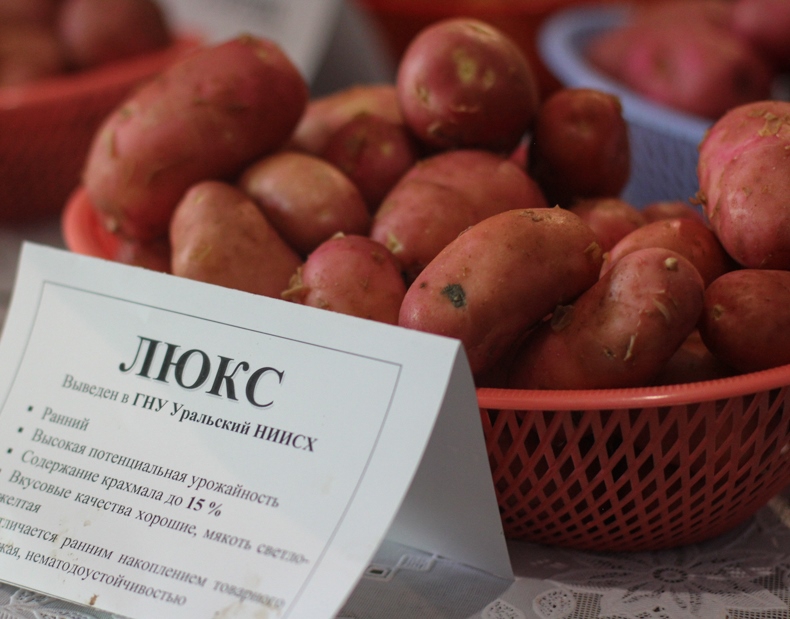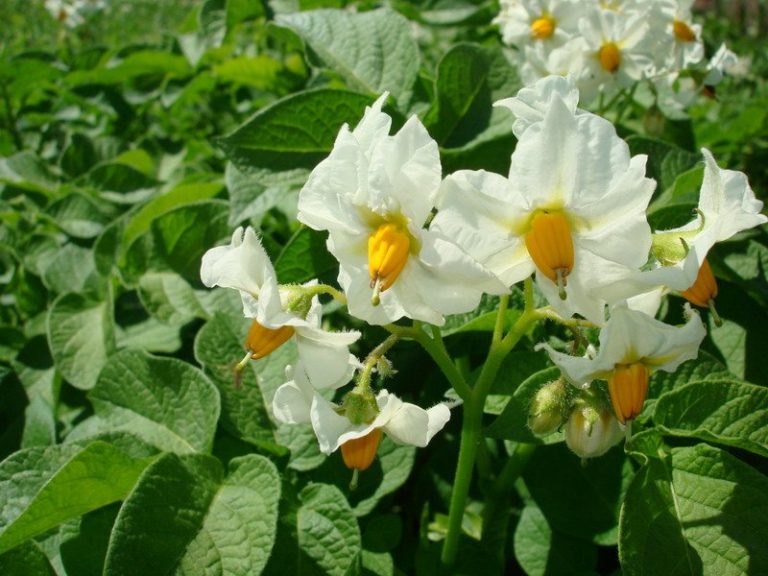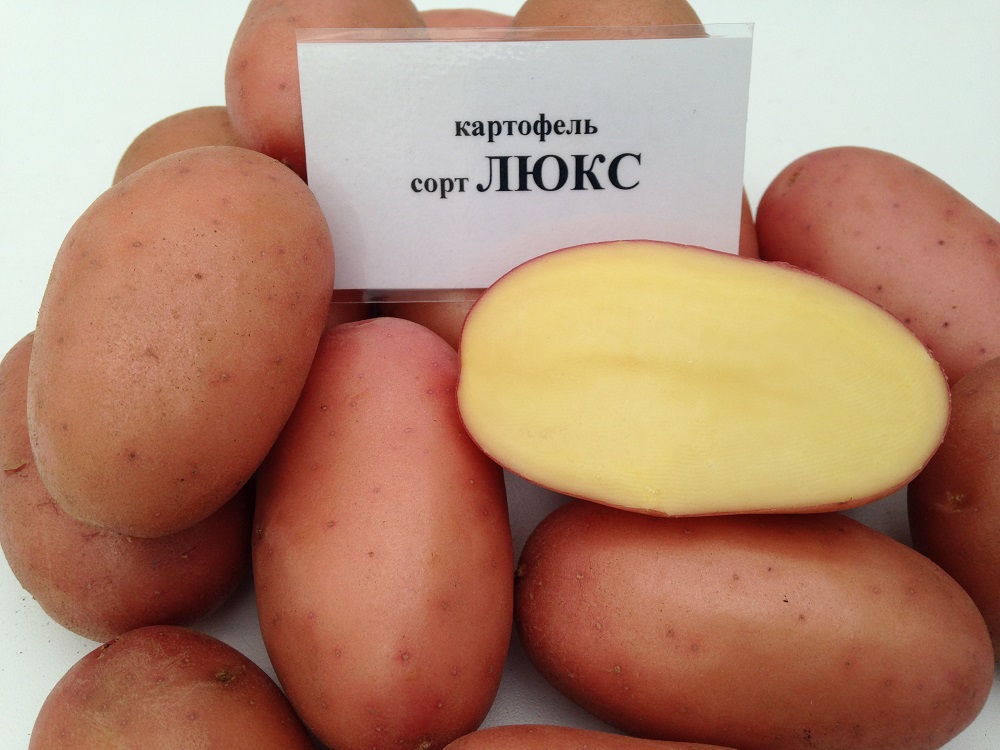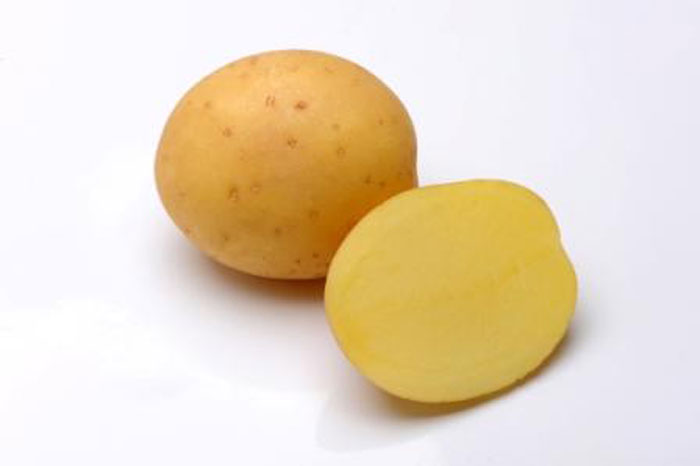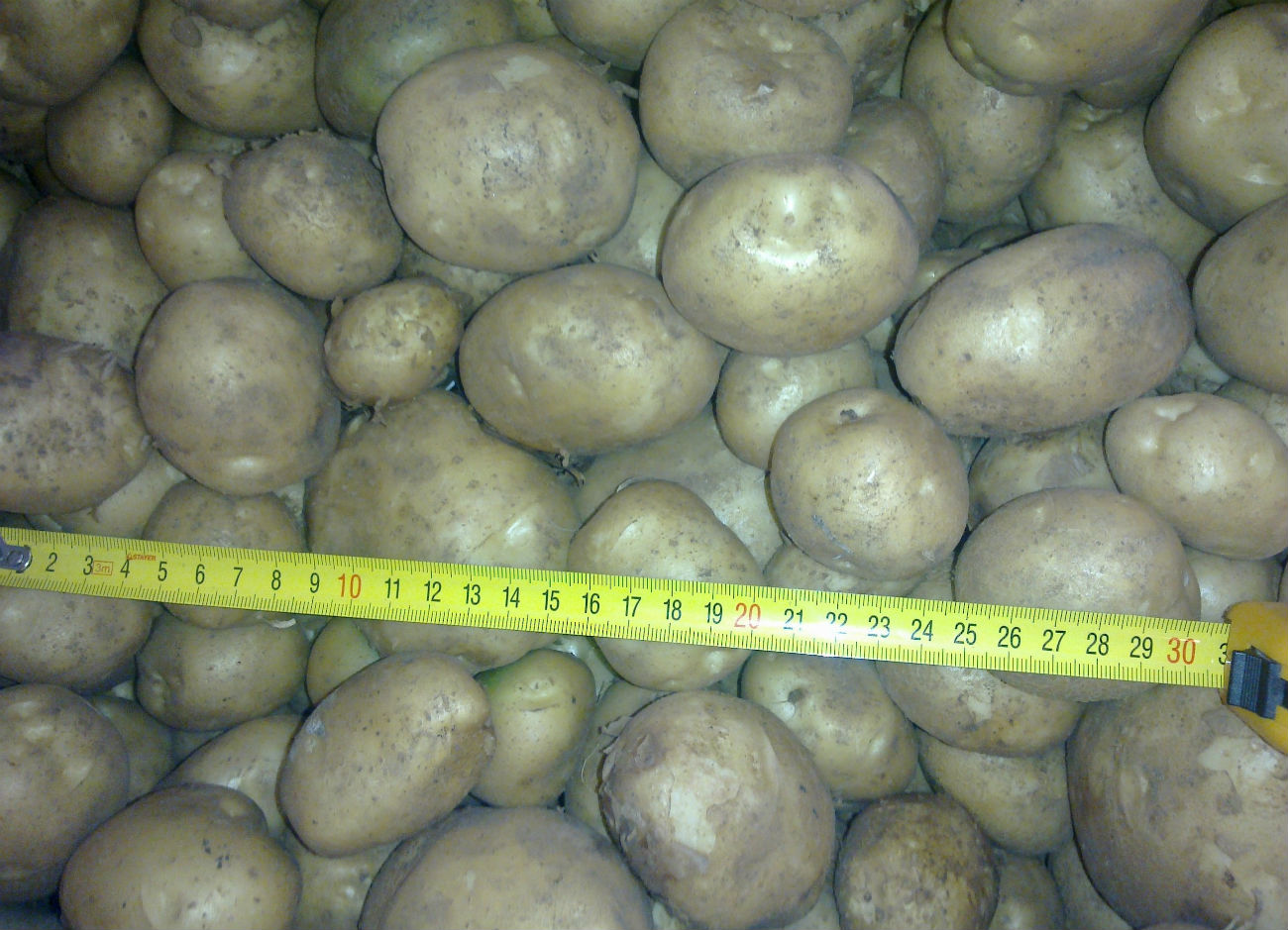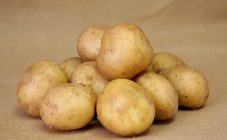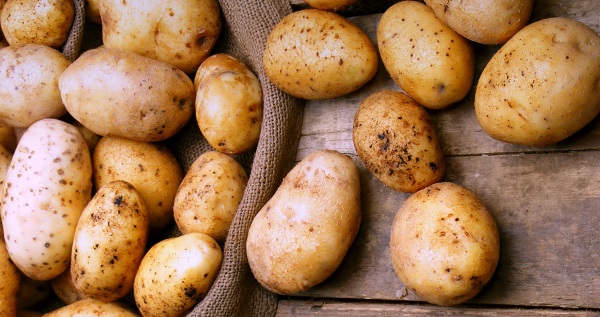Content:
Among the popular vegetable crops among Russian gardeners, the main place is occupied by the popular root crop - potatoes. In almost every garden or dacha, at least a few bushes of this beloved vegetable are planted without fail. This is not surprising, because it is so nice at the end of summer to collect your own natural clean crop and cook organic potatoes for food.
The history of the creation of the variety
At the moment, domestic potato growers use imported seed material of German and Dutch selection for mass planting, which is distinguished by good technical characteristics and, unfortunately, high cost. Breeders of the Ural Research Institute of Agriculture are developing new domestic analogues of foreign potato varieties in our country. In 2015, the scientists of this institute managed to develop a wonderful high-yielding variety - the Lux potato, which is in no way inferior in its parameters to the eminent Dutch "brothers".
Description of the variety
Botanical description of the Ural potato variety Lux domestic selection:
- Very early variety, ripening from 46 to 60 days;
- Small compact bush;
- Potato table purpose;
- Tubers of regular oval elongated shape;
- Peel flowers are red with small eyes;
- The mass of ripe tubers of the variety reaches 150 g;
- Potato pulp is light yellow;
- Starch content - from 11 to 15%;
- Potatoes are poorly boiled;
- High resistance to potato crayfish, golden nematode, late blight;
- The variety is resistant to scab damage;
- When appropriate conditions are created, the potato crop is well preserved until spring.
You can cook a large number of delicious dishes from Lux potatoes, but potatoes are especially good in first courses and various salads.
Features of the variety
Since the seed potato Lux was originally created for the conditions of the Siberian region, several of its distinctive properties should be noted:
- Resistance to potato diseases;
- The variety is moderately resistant to heat. According to gardeners who plant Lux on their plots, even in the absence of irrigation in central Russia, you can get from one bush to one and a half dozen tubers weighing one from 90 to 130 g;
- Good taste;
- Spectacular appearance.
Seed potatoes can be bought in specialized stores in Moscow and other large cities of our country.
Agricultural technology for cultivating varieties
There are no special differences in the cultivation technique of elite Lux potatoes. It is grown in open sunny areas saturated with organic matter.
Potatoes can be planted in various ways:
- Under the shovel. This planting method is effective on level ground. The most traditional method of planting, in which shallow holes are first dug at a distance of 30 to 35 cm to a depth of 6 to 8 cm, and sprouted potato tubers are placed in them. For better yields, two or three handfuls of rotted manure or compost and a little wood ash are added to the bottom of the holes. The tubers are covered with earth, retreat 70-80 cm and begin to plant the next row;
- In prepared combs.If the garden plot is located on heavy soils saturated with water, it is recommended to plant potatoes in prepared earthen ridges, 15 to 20 cm high. To form ridges, it is best to use a walk-behind tractor. The tubers are planted in pits, which are located at the top of the ridge, 30 cm apart. After planting, the potatoes are mulched with mown grass or straw;
- In the trenches. This method is recommended for sandy soil types. In the fall, after digging the garden, trenches with a depth of 30 to 35 cm are prepared with a distance of 80-90 cm between them. Raw hay is placed on the bottom layer 15 cm thick, fresh manure mixed with wood ash is sprinkled on top. In winter, all components are reheated and compacted. In early spring, when the snow just melts, potato tubers are placed in trenches and covered with special agrofibre, such as agrospan;
- Into the straw. This ancient method has been used by farmers for over 100 years. In autumn, the garden plot is generously covered with hay or straw. For spring planting, the potatoes are placed directly on the rotted straw and re-covered with a layer of hay or straw. The tubers are placed in rows at a distance of 70-80 cm. When grown in this way, the potatoes do not need to be weeded and fed. The crop is easy to harvest, the tubers are clean and whole.
The planting method is chosen, depending on the composition of the soil, the size of the site and the desire of gardeners to experiment.
Care
For potato vegetable crops, heavy, acidic soils, as well as areas with a close occurrence of groundwater, are not suitable. Recommended soil - loamy and sandy loamy soils with neutral acidity. In the fall, a deep digging must be performed on the garden plot.
To enrich the soil with nutrients and to improve the structure of the soil, a week after digging, the garden is sown with white mustard seeds and, before the snow falls, approximately at the end of November, the mustard is mowed to prevent the formation of seeds and re-germination of the plant.
Advantages and disadvantages of the variety
The potato variety Lux was created as a domestic elite varietal material. Its foreign counterparts are the well-known potato varieties: Red Scarlett, Rosava and other varieties.
The main advantages of Lux potato crop:
- High resistance to major potato diseases;
- Adaptation to local conditions;
- Good taste;
- Affordable price.
A big disadvantage of the variety is the limited seed planting stock. The fact is that breeding farms are capable of providing consumers with only 20 tons of high-quality seed potatoes. This amount is only enough for private farms. The industrial production of Luxa potatoes requires a much larger amount of planting material. To fully provide all categories of consumers with seed, producers need to grow from 50 to 100 tons of high-quality Lux potatoes.
